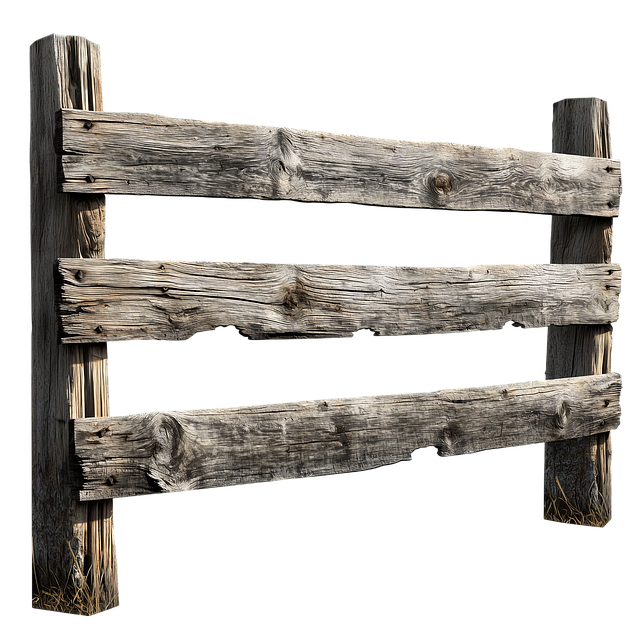Maintaining a privacy fence is essential for New Bedford homeowners seeking to protect their personal space. This guide offers valuable insights into ensuring your fence stands the test of time. We’ll explore the key factors in understanding the lifespan of a privacy fence, emphasizing regular cleaning and inspection routines. Learn how to identify and address common issues like splits, rot, and damage promptly. Additionally, discover tips for enhancing your fence’s privacy and aesthetic appeal through annual upkeep and suitable materials.
- Understanding Privacy Fence Lifespan and Maintenance Needs
- Regular Cleaning and Inspection for Longevity
- Repairing Common Issues: Splits, Rot, and Damage
- Enhancing Privacy with Annual Upkeep and Materials
Understanding Privacy Fence Lifespan and Maintenance Needs
Privacy fences are an investment for any New Bedford homeowner, offering both security and aesthetic appeal. Understanding their lifespan is key to effective maintenance. Most privacy fences last between 15 to 25 years with proper care, depending on materials used and local climate conditions. Over time, natural elements like sunlight, rain, snow, and wind can degrade wood or composite materials, while metal fences may face corrosion.
Regular cleaning, sealing, or painting as recommended by the manufacturer can significantly extend their lifespan. Inspecting your fence at least twice a year for signs of damage, rot, or loose posts is crucial. Promptly addressing minor issues prevents them from becoming major repairs. Additionally, keeping vegetation and debris clear from the base of the fence ensures optimal airflow and structural integrity.
Regular Cleaning and Inspection for Longevity
Regular cleaning and inspection are essential practices for maintaining a privacy fence’s longevity. Homeowners in New Bedford should adopt a routine that includes washing the fence at least once a year to remove accumulated dirt, dust, and debris. A soft-bristled brush and mild detergent can be used for this task. After cleaning, inspect the fence thoroughly for any signs of damage, rot, or weakness. Check all posts, rails, and brackets for stability and replace any worn-out components promptly. Look out for cracks, splits, or warping in the wooden parts and treat them before they escalate.
A well-maintained privacy fence not only ensures a higher lifespan but also retains its aesthetic appeal. Regular care will help preserve the fence’s original condition, protecting it from environmental factors that can cause deterioration. Additionally, keeping the fence clean makes it easier to spot potential issues early on, preventing minor problems from turning into costly repairs.
Repairing Common Issues: Splits, Rot, and Damage
Privacy fences, like any outdoor structure, require regular care to maintain their integrity and protect your privacy. Common issues such as splits, rot, and damage are often the first signs of wear and tear. To address splits, regularly inspect your fence for any cracks or gaps wider than a finger’s width. If found, use a high-quality wood filler to repair them. For rot, which can weaken the fence and lead to structural failure, treat wooden parts with a water-repellent sealer or stain every few years to protect against moisture damage.
In case of significant damage, such as broken boards or posts, replacing them promptly is crucial. Remove the damaged sections using a hammer and saw, then measure and cut new pieces to fit. Ensure the new boards are treated to withstand the elements. For post replacements, dig out the old ones carefully, set in new concrete-filled posts, and secure with metal brackets for stability. Regular maintenance checks and timely repairs will ensure your privacy fence remains functional and attractive for years to come.
Enhancing Privacy with Annual Upkeep and Materials
Regular upkeep is key to maintaining your privacy fence’s effectiveness, especially in a bustling New Bedford neighborhood where foliage can quickly obscure views. Annually inspect and clean your fence, removing any debris or overgrown plants that could block the line of sight. A power wash can help rejuvenate its appearance, eliminating dirt and grime that might have built up over time.
When it comes to materials, consider upgrading to more durable options like vinyl or composite fencing. These materials require less maintenance than traditional wood fences, which need regular painting or staining to prevent rot and insect damage. Opting for a higher-quality material can enhance your privacy fence’s longevity, ensuring it continues to serve its purpose—keeping your outdoor space private and peaceful.
